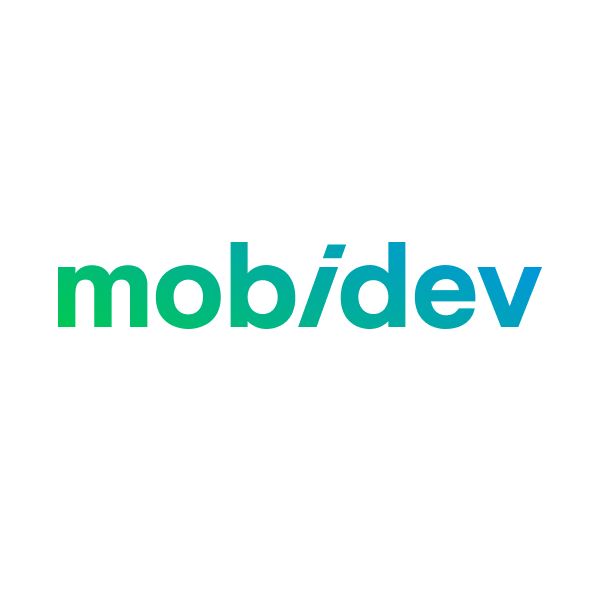584 reads
Machine Learning Consulting: Does Your Business Really Need It?
by
July 17th, 2020

Trusted software development company since 2009. Custom DS/ML, AR, IoT solutions https://mobidev.biz
About Author
Trusted software development company since 2009. Custom DS/ML, AR, IoT solutions https://mobidev.biz